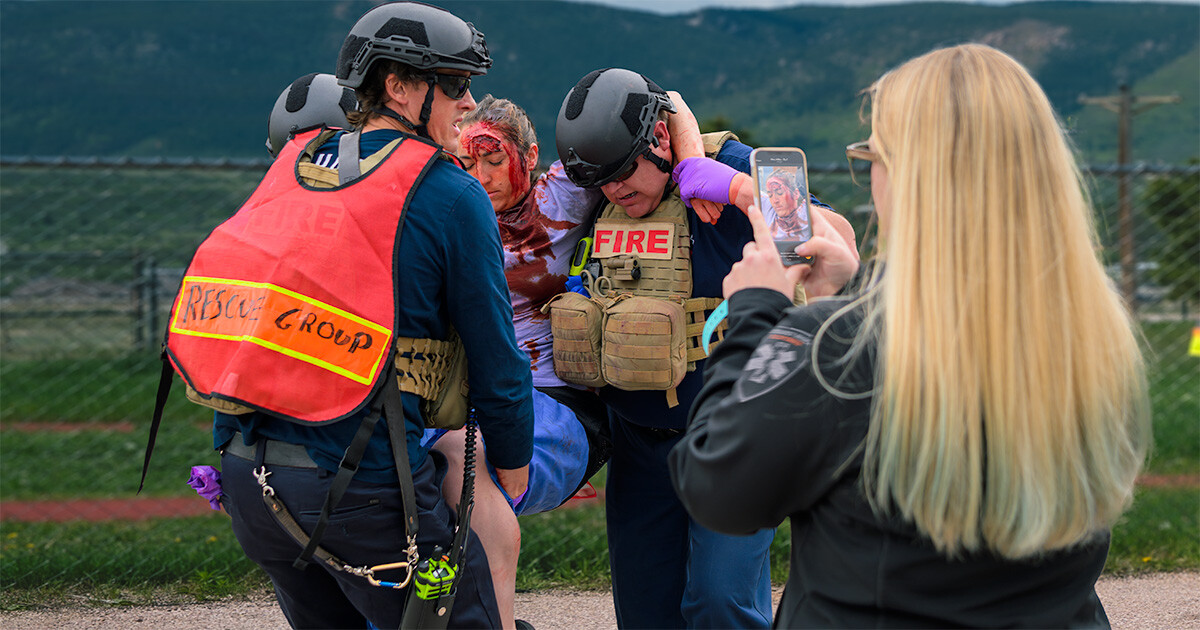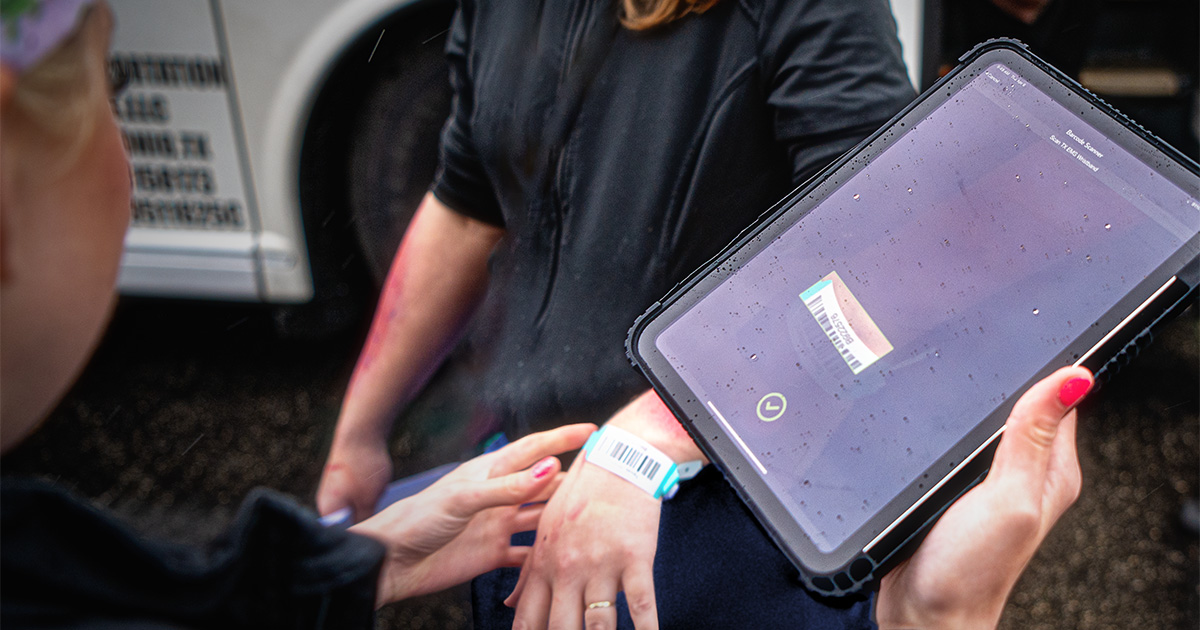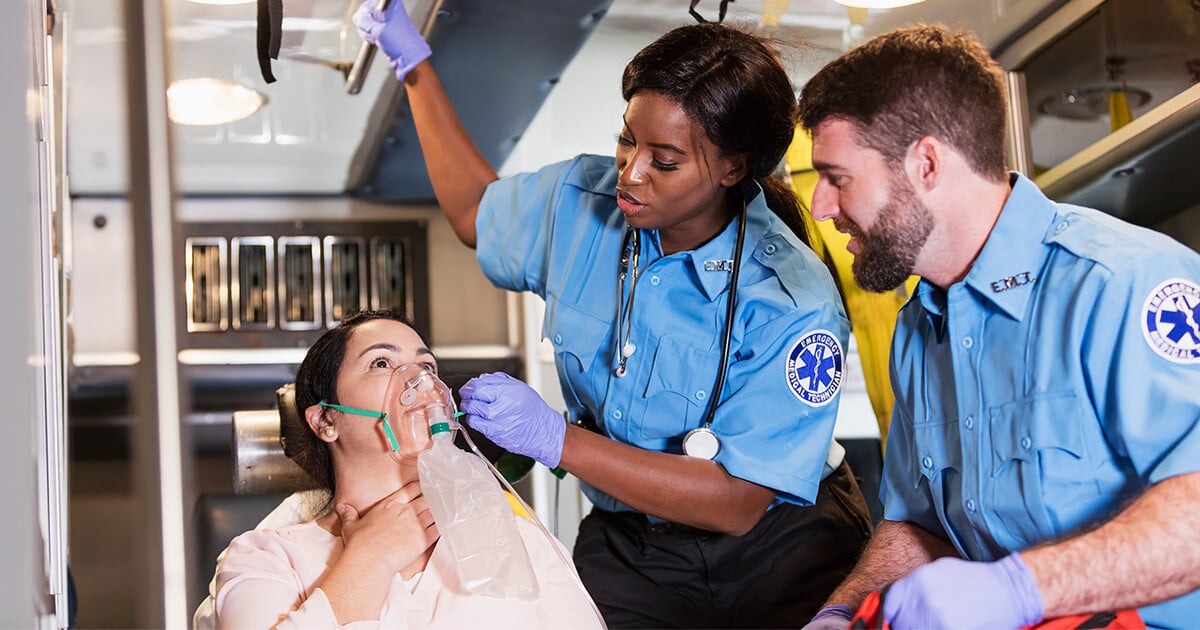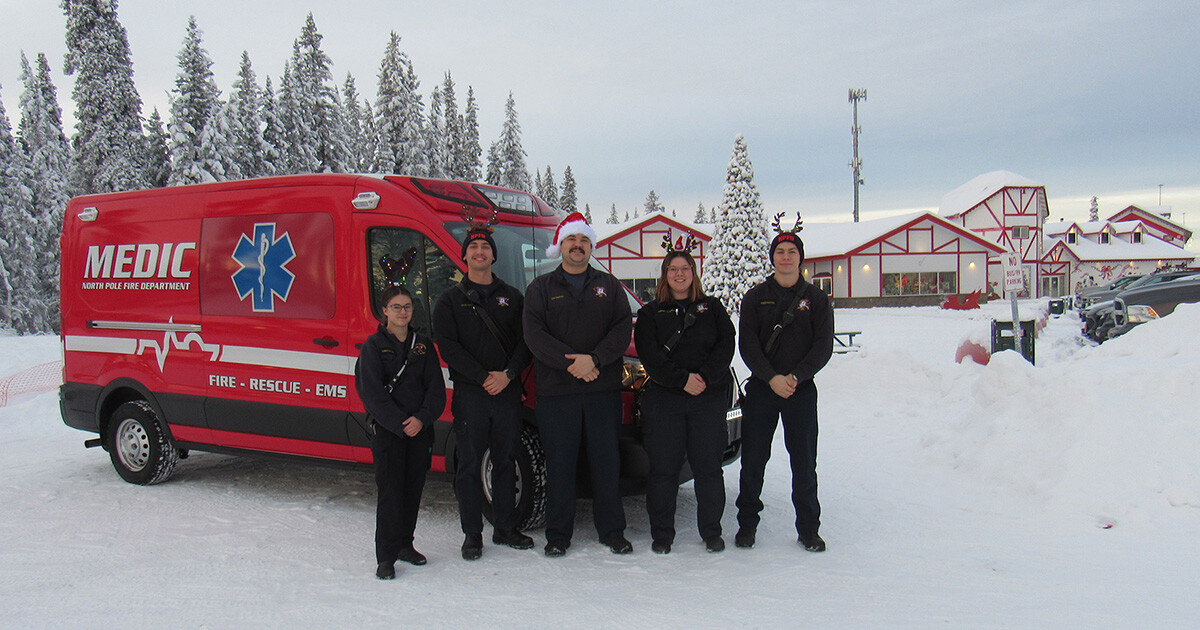Pulsara Around the World - April 2025
March Recap A New Integration: Improving Data Management, Streamlining Workflows, and Improving Care CoordinationOnly a few days ago, we announced...
7 min read
 Kinsie Clarkson
:
Jun 19, 2024
Kinsie Clarkson
:
Jun 19, 2024

Patient tracking during MCIs and pre-planned events is a complex operation with many moving parts. Every incident is different and requires different resources, making planning for and preparing for incidents challenging. To set ourselves up for success, we need to practice the same way we respond. That's why a panel of experts from California, Colorado, and Texas believe that the answer lies in using the same tools to manage and track patients during a crisis as you do for everyday response.
In the webinar Streamlining Crisis Response, field experts Eric Epley, Dr. Jeremy DeWall, and Dr. Troy Pennington discussed how they've simplified communication and collaboration around patient triage, tracking, and reunification during MCIs and large-scale events. They revealed new game-changing solutions around patient load-balancing—discovered and implemented in response to the many communication and logistics challenges experienced during the COVID-19 pandemic. All three experts and their healthcare systems have also been leveraging patient wristbands, paired with the Pulsara platform, to help track patients and consolidate communication in a crisis.
Read on for the top 4 takeaways from this extraordinary discussion, and check out the full webinar recording below.
When a disaster hits, having a reliable method of communication can make or break your ability to coordinate your response successfully. Whether you're facing an MCI, a pandemic, an evacuation, or a pre-planned event, you need to be able to connect with the right people at the right time.
During the COVID-19 pandemic, providers in Colorado and Texas experienced breakdowns in their normal communication patterns. They sought out a way to improve their communication infrastructure, and found it in Pulsara.
In Colorado, many patients in rural areas were reluctant to seek care at the emergency department for fear of contracting COVID-19. As a result, providers needed a way to see patients remotely. At the request of Colorado medical professionals, Pulsara developed a new telehealth solution that allowed EMS to partner with physicians virtually. First responders were able to respond to calls in patients' homes and examine them while bringing a board-certified emergency physician into the conversation via telehealth, bringing a high level of care directly into patients’ living rooms.
Texas began to seek out a solution when masks made it difficult to speak clearly over the radio. As the pandemic progressed, they faced challenges with load-balancing resources across the state. Some regions had beds but not enough staff to care for patients, while other regions were running out of beds. Eric Epley, Executive Director of the Southwest Texas Regional Advisory Council, described the process.
“We’d call into the Border RAC and say, ‘Hey, we need to move a patient.’ They would call our State Coordination Office, the coordination center. We would look at the other Regional Advisory Councils and say, ‘Hey, can anybody take this patient?’ All this was all [done through] phone calls, and [it] literally would be, you know, 35, 40, 50 calls just to get one patient accepted.”
Using Pulsara, they were able to coordinate transfers and keep everyone on the team in the loop at every stage of the process, providing a level of transparency they’d never experienced before. “There's a transfer feature in Pulsara that hospitals can utilize, and it streamlined all of this for us," said Epley. "It made it much, much simpler. And, you know, the hospitals now are entering the patient into Pulsara, and then they would go to their Regional Medical Operations Center (RMOC) and then that would [go through] the same flow, but with Pulsara, it just made it so much easier. All of the transfer paperwork was there. Any pictures or EKGs, anything.”

For the first time ever, they had visibility into every stage of the process, including when the patient was being picked up. “We had several receiving hospitals say, ‘This is the first time ever we've known like, “Hey, the jet just landed, they’re on the way over to pick up the patient. They're leaving to go back to the airport. Okay. They're lifting off.”’ We've never had this kind of visibility before, and it made things so much simpler and easier. This was a big win for us,” said Epley.
Now, both Texas and Colorado are pairing Pulsara with a new standardized wristband system to track and communicate about patients during MCIs.
Clear lines of communication are key to successfully navigating a crisis. When everyone is on the same page and understands what's going on in each of their patients' cases, the response is smoother and more efficient, saving time and stress and preventing avoidable mistakes. Visibility, shared awareness, and the ability to involve the right people at the right time are all crucial factors that allow patients to receive faster, better care.
DeWall, Epley, and Pennington are all involved in efforts to implement standardized wristband IDs in their region, or, in Pennington's case, for the Baker to Vegas event, a 120-mile relay race with thousands of runners, guests, family members, and support staff.
Wristbands give each patient a universal ID that follows them throughout their entire care journey, from first medical contact to discharge. Paired with Pulsara, wristbands are helping track patients through mass casualty incidents and pre-planned events. When providers encounter a patient, they can give them a wristband and scan it to start a new Pulsara channel for them. Or, if they encounter a patient who already has a wristband, they can use Pulsara to scan the barcode to see any existing information and treatments that have already been provided. No sensitive data is attached to the wristband; everything is contained within the Pulsara app and is accessible only to those directly working with the patient.
Texas and Colorado have both opted for a standardized statewide wristband that can be used on a daily basis for every patient they encounter. This will build muscle memory that will allow responders to lean on the system during a crisis. In the Baker to Vegas race, the wristbands allow a dispersed medical team to work together and give Pennington the ability to have visibility of the entire event with an incident summary.
Dr. Jeremy DeWall, EMS Medical Director at UCHealth Pikes Peak Regional Hospital, explained how Colorado is leveraging the wristbands:
"The thought process with this is: every patient, every day gets a wristband. So if you do it [for] every patient every day, in a mass casualty or disaster event, you're used to doing it. It takes a second to stick [it] on there, take a scan, snap a picture of their face, and then when we find an ID at some point, we scan that in, so we have that information. Once we know who that patient is, it allows everyone from first responders all the way through to our hospitals to our transport agencies to be able to have them properly identified for tracking for your ePCR completion, for your billing, for reunification, for all those components."

Epley likes how the process makes it easy for care providers to join the patient's case and get up to speed quickly. "If [the provider is] in Pulsara, they just walk up, scan that wristband, and they're instantly added to that patient’s communication line. Same thing when they get to the hospital. They show up, they scan the wristband at the hospital, and they're instantly added to that patient. And they can see all the information that's happened since the very first entry. And that's been fantastic. I like to say the wristband and Pulsara is a little bit like, 'Hey, you put chocolate in my peanut butter.' 'No, you put peanut butter in my chocolate.' The two are synergistic and have been super helpful for us."
Whether you’re in a rural, under-resourced area or an urban area with many resources at your disposal, everyone faces the same problem: How do you ensure that you’re using the right resources at the right time and that the right people are involved?
In the Baker to Vegas race, situational awareness is the greatest challenge faced by Dr. Troy Pennington, EMS Fellowship Director at Arrowhead Regional Medical Center, and the medical director for the Baker to Vegas event. The 120-mile event crosses state lines between California and Nevada and hosts upwards of 10,000 runners, guests, and family members. Baker to Vegas requires a medical team of almost 200 personnel staged at 20 different first aid stations throughout the race—most of them located in the middle of nowhere. “One of our huge challenges is that in some stages of this event, we're more than 80 miles from the nearest hospital, and so you literally have the supplies that you've got at the side there,” said Pennington.
“The thing that's been difficult for me as the medical director is having that situational awareness: trying to know how many active patients I have at different stages of the race at any given moment. How many of those patients are en route to the hospital? How do we essentially account for and how do we shift all of our resources and put them in the appropriate area? We've really never had that visibility before.”
Since adopting Pulsara for communication during the event, Pennington has been pleased with the increased access to information. “What we've added is that situational awareness that I've always been looking for. We have the ability to have a big tracker board. At any given moment, I can see how many patients I have along the course of the race. I can see how many greens, how many yellows, how many reds, who's en route to the hospital, who's arrived at the hospital. I can drill down to specific patient information. I can see their EKG, or a photograph. It's provided us a new level of visibility on the race that we've never had before.”
When medical team members scan a runner’s wristband, they instantly have access to any information that is already on the runner's patient channel. Not only that, but Pulsara’s incident summary gives Pennington a top-down view of how many patients are being treated and what their condition is. The Pulsara incident summary also breaks down the list of patients by destination, giving providers the ability to see which patients are being transported to which locations.
“We're working with the Pulsara team on creating a runner database so that we have the medical information of all of the runners ahead of the event," Pennington said. "We've essentially created that patient channel before everything starts, so that when we scan that wristband, we immediately have some background information on that runner, and then we can add to that as we create that communication line.”

While it’s great to have tools specifically designed to help manage an incident, the success of those tools can hinge on how often teams have the opportunity to practice with them. When you're under pressure, it’s tough to pick up something you don’t use on a daily basis.
But practicing once a year or even once a quarter isn't enough to build the muscle memory that we'll automatically lean on come disaster day. When disaster strikes, our natural response is to rely on the systems we already know and practice consistently.
In Epley's experience, pulling out a new tool to use during a crisis rarely works as planned. “I’ve always felt like, unless medics are using a technology tool every single day, we should never introduce new technology on game day. It’s not gonna get used,” he said.
Epley cited triage tags as an example. “I've been a paramedic for over 30 years, and I've flown 15 of those. I've been to a bunch of MCIs in the helicopter. I've never seen a single triage tag used. I mean, really never seen the triage tag used. We talk about them all the time. But it's just not used, because when people get into the worst day of their life as a medic, they're going to do what they know to do. You put a blood pressure cuff on every patient. So ... in a disaster, you put a blood pressure cuff on them. So [by] that theory, ... if you put a wristband on somebody every single day, it just becomes part of what you do.”
Epley feels that making wristbands part of the normal workflow for EMS professionals will also make them a natural part of the process when they respond to an MCI. “Muscle memory is key. If they do it every day, they’re gonna do it on disaster day.”
![]()
In a recent interview with ASPR TRACIE, Eric Epley shared details about Texas's efforts to load-balance patients during the pandemic and how they did it. Check out the full interview here.

March Recap A New Integration: Improving Data Management, Streamlining Workflows, and Improving Care CoordinationOnly a few days ago, we announced...

EMS providers and industry stakeholders can now improve data management, streamline workflows, and reduce the risk of double documentation through...

NORTH POLE, AK — It’s an open secret that there’s a lot of activity going on at the North Pole this time of year. Between checking the list twice,...